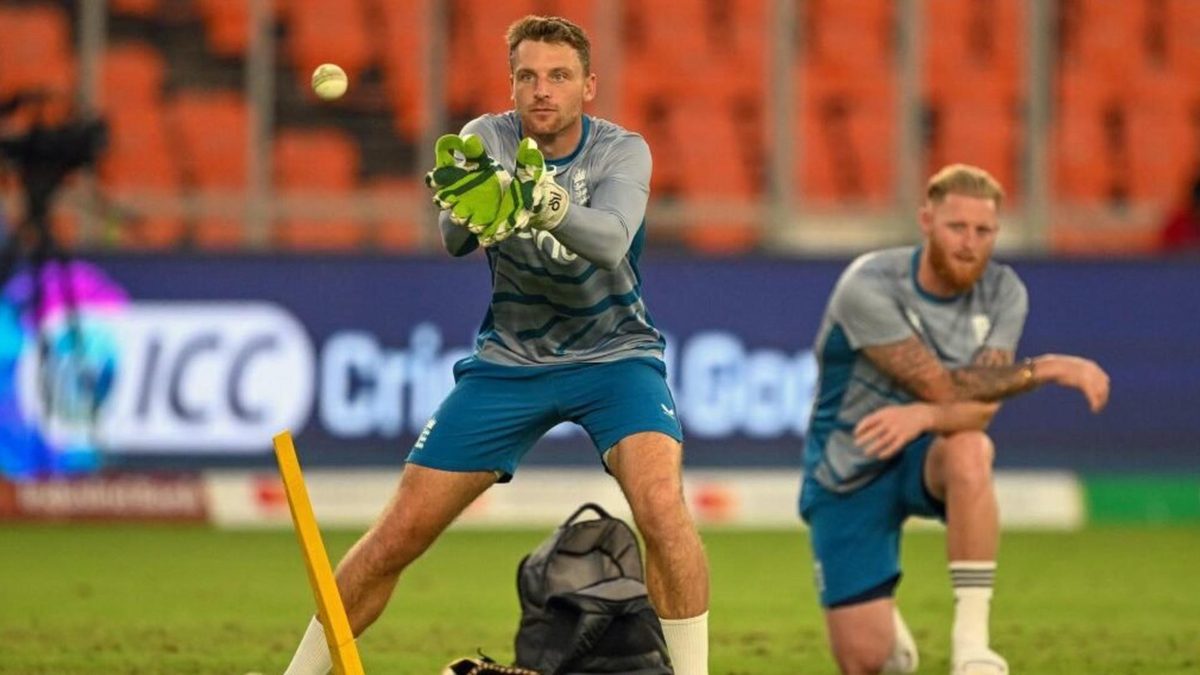
Triumph in India would be the jewel in the crown of England’s limited overs achievements since 2015, writes Yas Rana.
West Indies in 1979, Australia in 2003 and 2007, England in 2023? Over the next seven and a half weeks, England have the opportunity to become just the third side to successfully retain the ICC men’s World Cup, inking themselves into the history books alongside two of the sport’s truly great teams.
To bet on the World Cup with our Match Centre Partners bet365 head here.
They are the clear standout limited-overs side of the modern era. Since their transformation in 2015, they have reached the semi-finals in all five of the global events to take place, appeared in three finals and walked away with two World Cups to become the first men’s team to simultaneously hold both limited overs world titles.
Despite the proliferation of T20 cricket and the growing sidelining of its older cousin, there’s a homogeneity to T20 World Cups that renders achievements within them less memorable. Without looking it up can you remember anything from Australia’s 2021 T20 World Cup win, for example? Fewer moments stand out. As significant as last year’s T20 World Cup win was, winning a 50-over World Cup in India would be the achievement to round off what is now close to a decade of white-ball dominance. It would also be England’s most impressive feat yet.
They are not the side they were in 2019. That campaign is often associated with two high profile near-misses, nearly missing out semi-final qualification after three group-stage stumbles and only just getting over the line against New Zealand in the final, a characterisation that forgets the remarkable three-game streak that took them to that final at Lord’s.
Defeats to Sri Lanka and Australia left England on the ropes. To qualify for the knockouts, they needed to beat Kohli’s in-form India and eventual runners-up New Zealand. With a fit-again Jason Roy and Liam Plunkett back in the XI in place of Moeen Ali, England delivered back-to-back clutch performances against two of the best teams in the tournament.
At Edgbaston against India, they piled on 337. Bairstow and Roy raced England off to a flier after which they never looked back. Even a Rohit Sharma hundred and a half-century from Virat Kohli failed to ensure that India seriously threatened England’s total as Plunkett’s regular breakthroughs ensured that England won comfortably – a near enough complete performance against the other tournament favourites.
New Zealand were brushed away in their following game after another Bairstow century, another belligerent Roy fifty and three more wickets from a middle-overs enforcer brought up in the north-east in Mark Wood. In the semi-final, Australia were demolished.
Looking back at that three-game run, it is striking how clear the blueprint was. Across those three games, Bairstow and Roy put on 407 runs at seven runs per over. You can see why England were so reluctant to discard Roy in the run-up to the 2023 tournament; at their best, Bairstow and Roy won games on their own.
The only frontline bowler to not take a three-for in that stretch was England’s leading wicket-taker in the tournament, Jofra Archer. They were a team of specialists; roles were clearly defined and there was a recent mountain of success that built the muscle memory for success. As viewers, you knew exactly what a slick England performance looked like.
Fast forward four years and even though the personnel is similar, England are a very different team. Before the end of the 2015 World Cup, England had reached 350 twice in the history of ODI cricket. In the 2019 World Cup cycle England breached the 350-mark 17 times against Full Member nations, something they have done just once in the four years since. A combination of T20 cricket’s growing dominance and a chaotic schedule made worse by a pandemic have meant that key players like Root, Bairstow and Stokes enter the World Cup short on gametime and, in some cases, runs. There was a last-minute change to the opening partnership, the new generational batting talent has only played a handful of games and there will not be the same role clarity with the ball as there was four years ago.
The 2019 World Cup was the culmination of a carefully designed four-year plan where almost every possible eventuality was legislated for, and England still would have fallen short if not for a trio of their best-ever showings. The build-up to the 2023 tournament has been far less polished and yet, with a top six of Bairstow, Malan, Root, Stokes, Buttler and Livingstone, and 2019 veterans Woakes, Wood and Rashid still there, that bumpy journey into the tournament could easily be overcome. Not since 1987 has a non-Asian side won a World Cup in India. For England to do so given the inconsistency of their tournament run-in would be this side’s crowning achievement.








